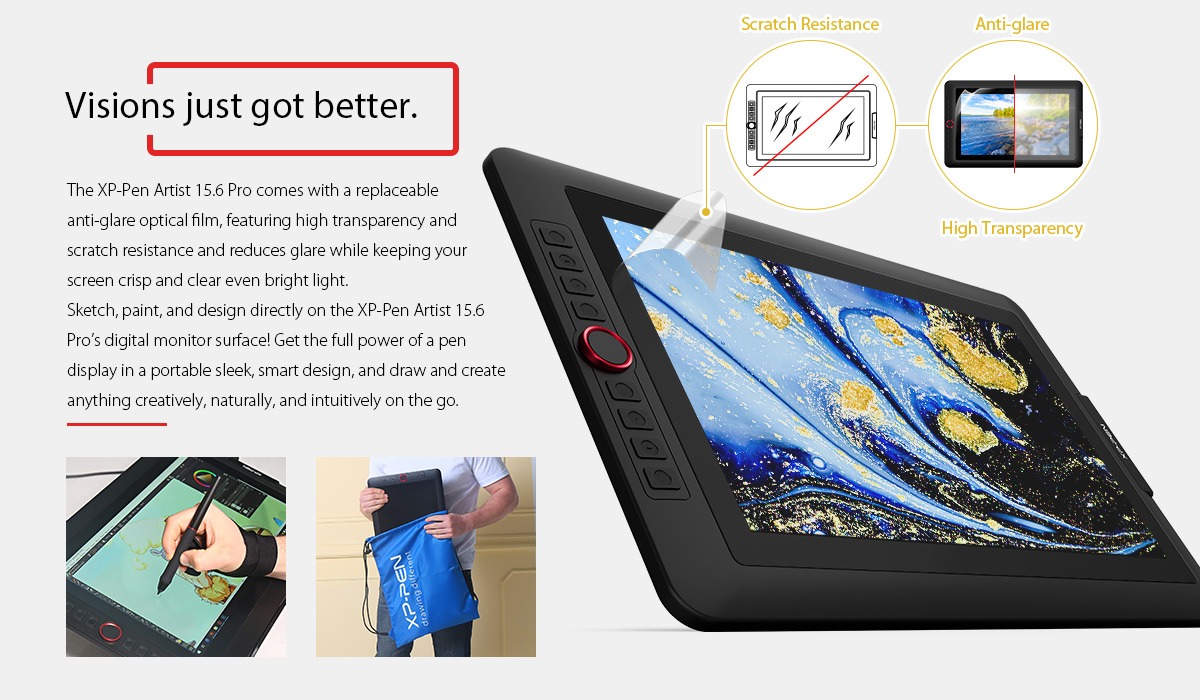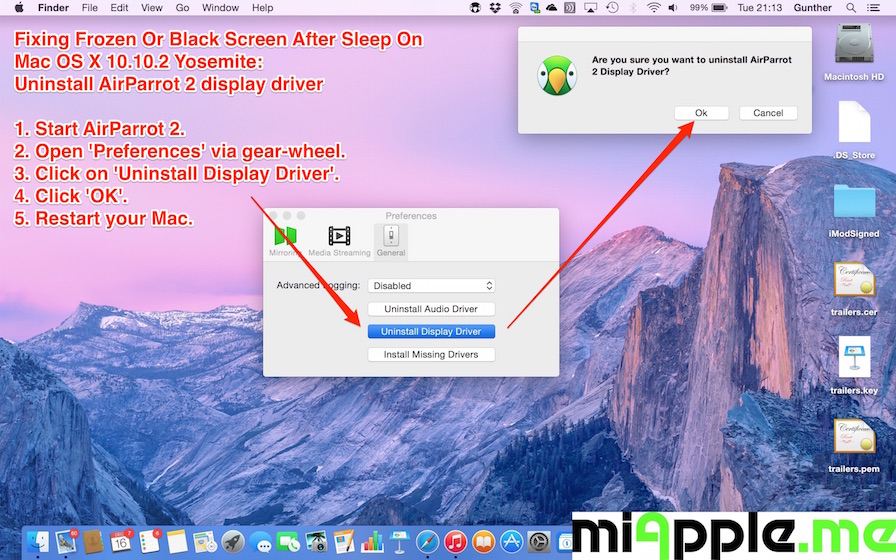- This driver, with the relevant DisplayLink-powered hardware, will allow any Intel-based Mac - even a Mac Mini or MacBook Air - to connect up to 4 monitors over USB. This driver also supports the USB video of our customers' USB docking station products, giving you a cost-effective and easy way to connect your display and all of your peripherals.
- How to enable an extended DisplayLink display on macOS 10.13.4-10.13.6 with 4.3; Mac OS X system does not boot correctly; Apple Cinema Displays: only 1 resolution available; Screen rotation option is not available on Mac OS X; A window spanning two monitors is blank on one display on Mac OS X.
To find out which graphics card your Mac uses: Click on the Apple menu in the upper left corner of the screen and select About this Mac. Click on the More Info. Button in the About this Mac dialog.
You can use an external display or projector with a Mac notebook while its built-in display is closed. This is known as closed-clamshell or closed-display mode.
Check requirements

To use closed-display mode with your Mac notebook, here's what you need:

- An AC power adapter or an external display that provides power over USB-C or Thunderbolt 3 (USB-C).
- An external keyboard and mouse or trackpad, either USB or wireless.
- A USB-C to USB adapter or cable if you're using a USB mouse or keyboard with a Mac that has USB-C ports.
- An external display or projector.
Enable closed-display mode
- Connect your USB keyboard or mouse to your Mac or external display, or pair your Bluetooth keyboard or mouse with your Mac. If you use a Bluetooth keyboard or mouse, choose Apple () menu > System Preferences, click Bluetooth, then verify Bluetooth is on.
- Connect your Mac to power with the AC power adapter. Some external displays, like the LG UltraFine 5K, also charge your Mac.
- Connect your external display or projector to the appropriate port on your Mac. Use an Apple video adapter if necessary. Some external displays have a USB cable that needs to be connected to your Mac.
- After your Mac notebook's desktop appears on the external display, close your computer's lid. You might have to press a key or click your mouse to wake the external display.
If your external display or projector doesn't turn on after you connect it to your Mac, connect your display while your Mac is asleep or off, then wake or turn on your Mac.

Nvidia Drivers For Mac Os
Disconnect your display or projector
Before you disconnect your display or projector, put your Mac to sleep.
Choose Apple () menu > Sleep, then disconnect your display or projector.
Windows users love to use Mac OS X to their computer in a different way. Virtually installation using Vmware workstation, Vmware Playstation, virtual box is popular most among them. In Vmware based Mac Os we sometimes don’t get actual screen resolution of it due to different reason. It may be due to lack of Mac OS drivers or something else. But our main motto is to get original display resolution.
Some other common problems those VMware Mac users generally face:
When I install Mac OS X using Vmware, I find no scaled display option other than 1024×768. But the recommended screen resolution for my 18.5 inchs AOC desktop is 1366×768. But how can I get the resolution back in my Mac OS X?

Here is the first display option that I get after first Mac Os X virtual installation.
Now a free Mac VGA driver for Vmware can do the trick for you. Download Mac VGA Driver for VMware from Here. After downloading the driver software, install it. You will need administrator password for installing the software. After complete installation just restart Mac Os X and you will find the following changes.
Navigate to System Preferences >> Display and you will find different screen resolution options as shown in the below picture.
Now select the resolution that you want for your desktop and enjoy the full screen enhanced view for Vmware Mac OS x.
Note: Sometimes at the end of software installation you can get “Software Installation Failure” notice. But don’t worry. Even after getting such error message, you will be able to get all suitable screen resolutions for VMware Mac after restarting the OS.
Feel Free to share your thoughts in the comment section below.
Mac Os X Drivers
Intel Graphics Driver For Mac Os X
 Don't forget to follow us on Twitter, like our Facebook Fan Page and Add us to your circles on Google+ to keep you updated with the latest technology news, gadget reviews, launches around the world and much more
Don't forget to follow us on Twitter, like our Facebook Fan Page and Add us to your circles on Google+ to keep you updated with the latest technology news, gadget reviews, launches around the world and much more